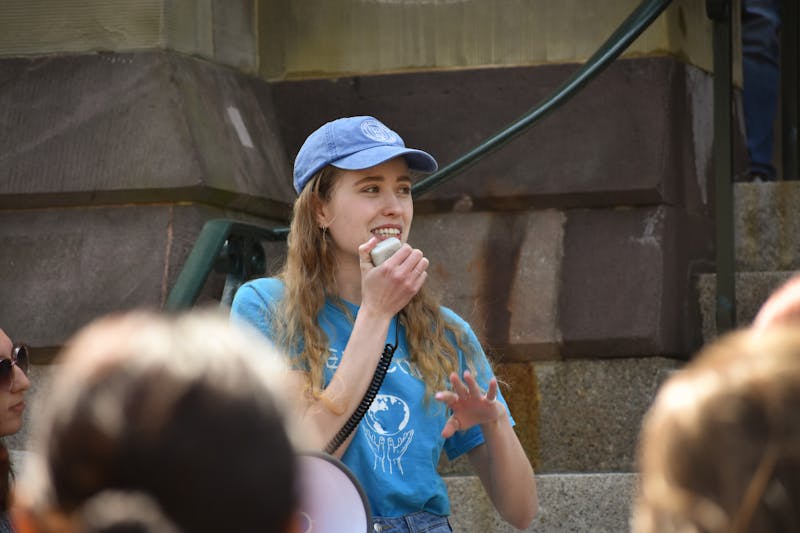
Perelman School of Medicine faculty have discovered a cell type that dictates how bones form and maintain in the body, which may lead to the development of future therapies to treat bone disorders such as osteoporosis.
Through a rodent study published in The Journal of Clinical Investigation on Nov. 18 , the researchers found that bone marrow adipogenic lineage precursors play a significant role in how bones restructure themselves. Since defects involved in the remodeling process are the essential issue in osteoporosis, improved treatments can be developed from therapies using MALP cells to better regulate bone remodeling according to Penn Medicine News.
“Discovering new cellular and molecular mechanisms to control bone turnover will enable fine-tuning of existing therapies or design of novel therapeutics,” Ling Qin, associate professor of Orthopaedic Surgery and the study's lead author, said. “For example, with the advance of gene-editing technology and novel cell-specific delivery approaches, in the future it would be possible to regulate MALP behavior as a therapy for bone disorders like osteoporosis.”
Healthy bone maintenance is considered to be a balance between osteoblasts, which secrete material needed to form new bone, and osteoclasts, which take in old bone material to make room for new bone growth. Disruption in either process can lead to the formation of an unhealthy bone.
In osteoporosis, overactive osteoclasts absorb the bone faster than it can be reconstructed, which leads to less dense bones that are more vulnerable to fracture, according to the study. The role of adipocyte lineage cells, such as MALPs, in regulating the resorption of bone was not known before this study.
Jaimo Ahn, Qin's co-author and a former Penn Medicine faculty member, who is now chief of orthopaedic trauma and associate chair of orthopaedic surgery at the University of Michigan, added that this discovery could be very useful in effective bone reformation.
“An exciting future step, with an eye toward clinical application, would be to target MALPs in a timed and therapeutic fashion to test how well they simultaneously decrease the bone resorption and increase bone formation,” Ahn said.
The Daily Pennsylvanian is an independent, student-run newspaper. Please consider making a donation to support the coverage that shapes the University. Your generosity ensures a future of strong journalism at Penn.
Donate






